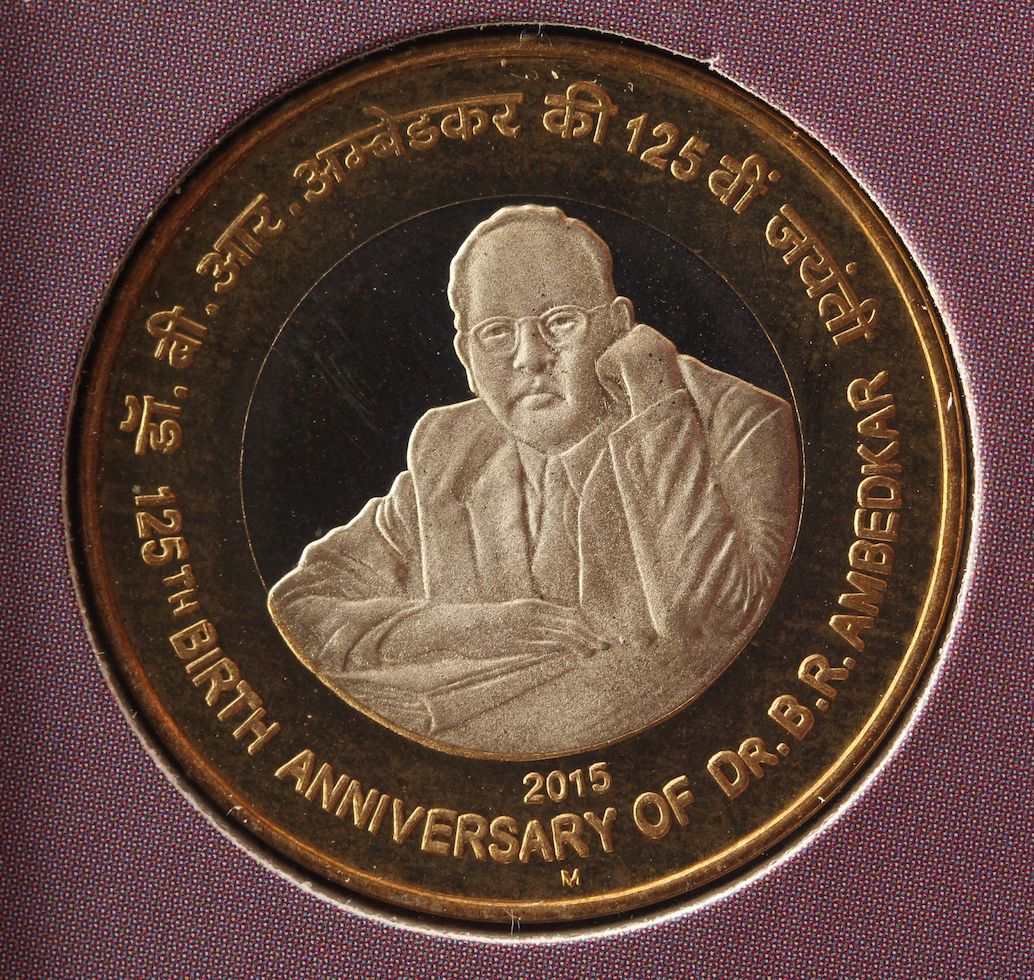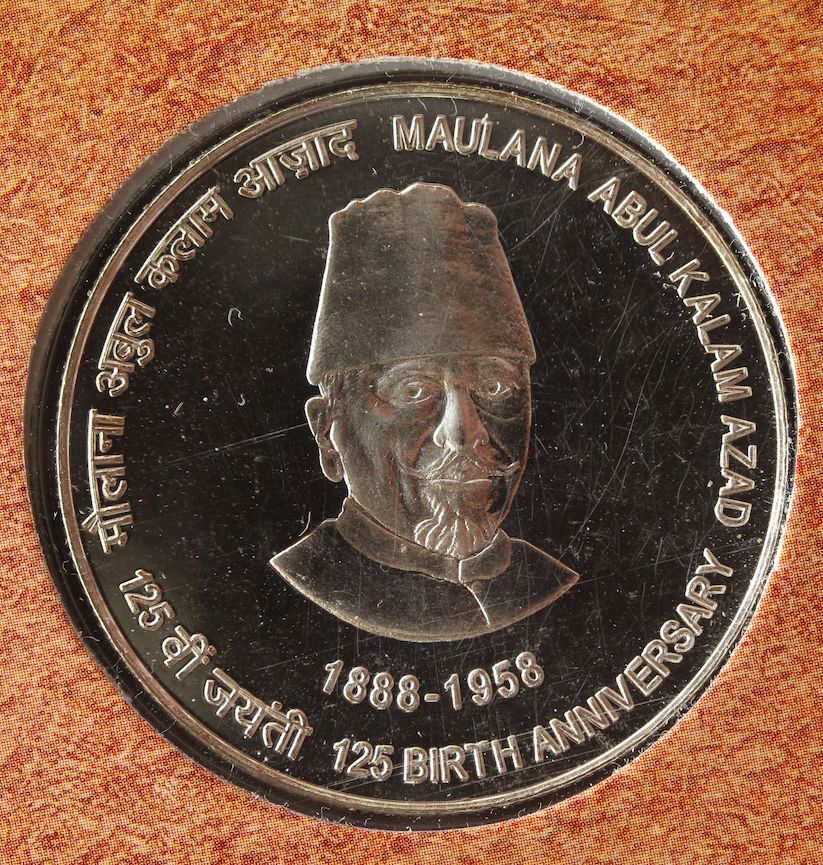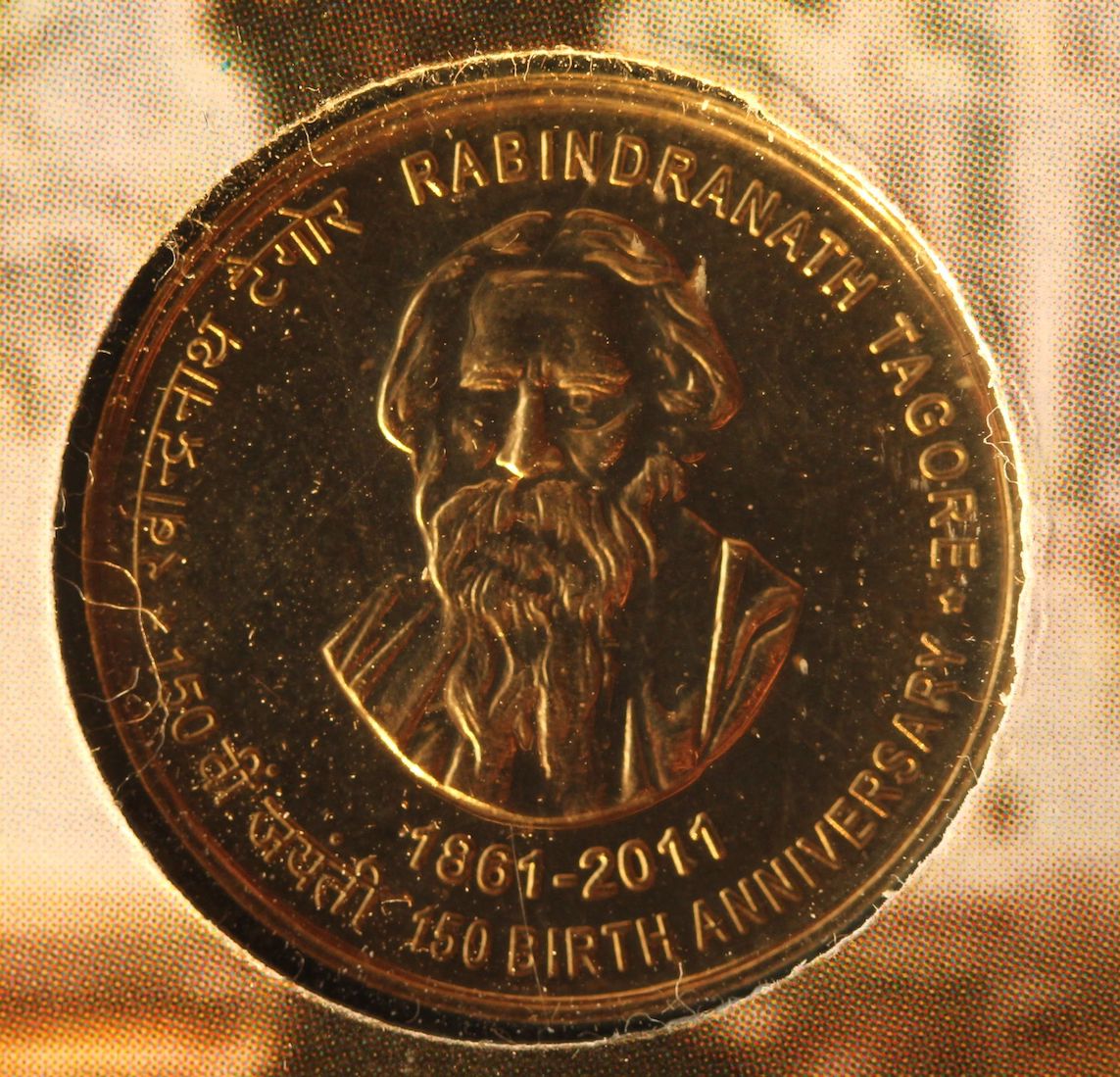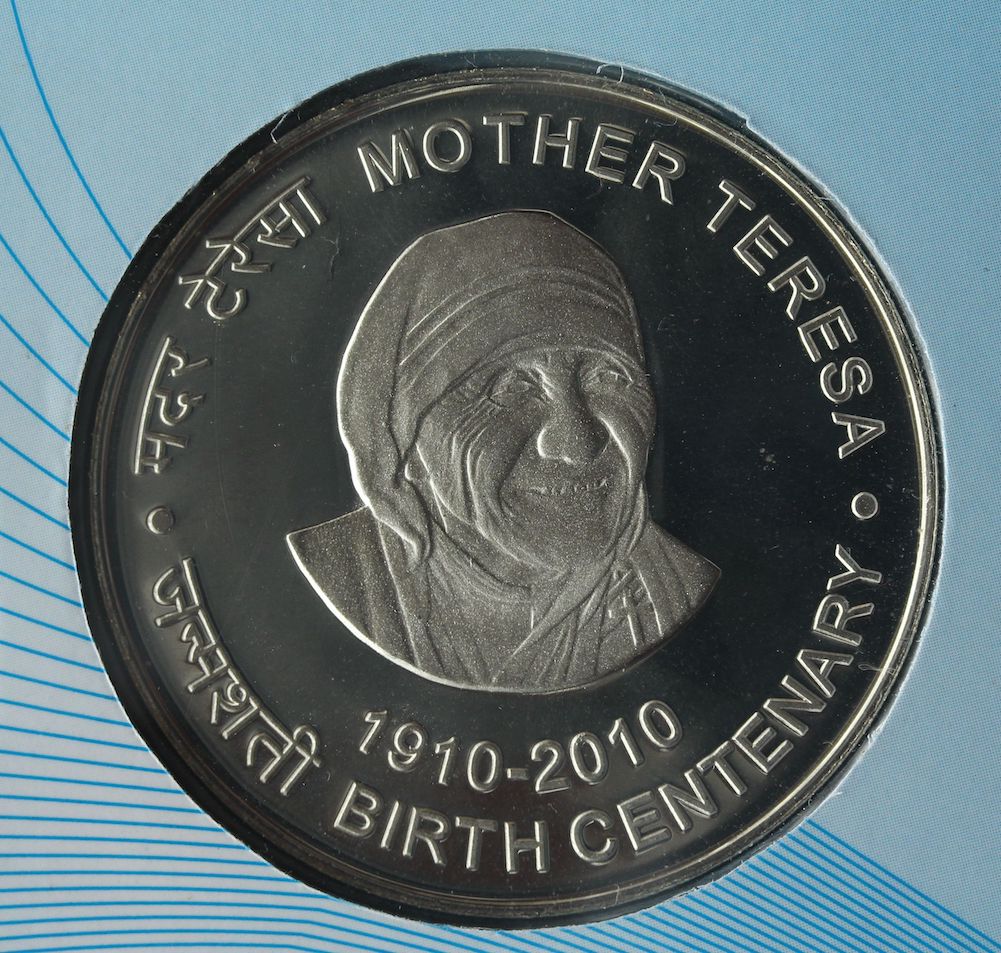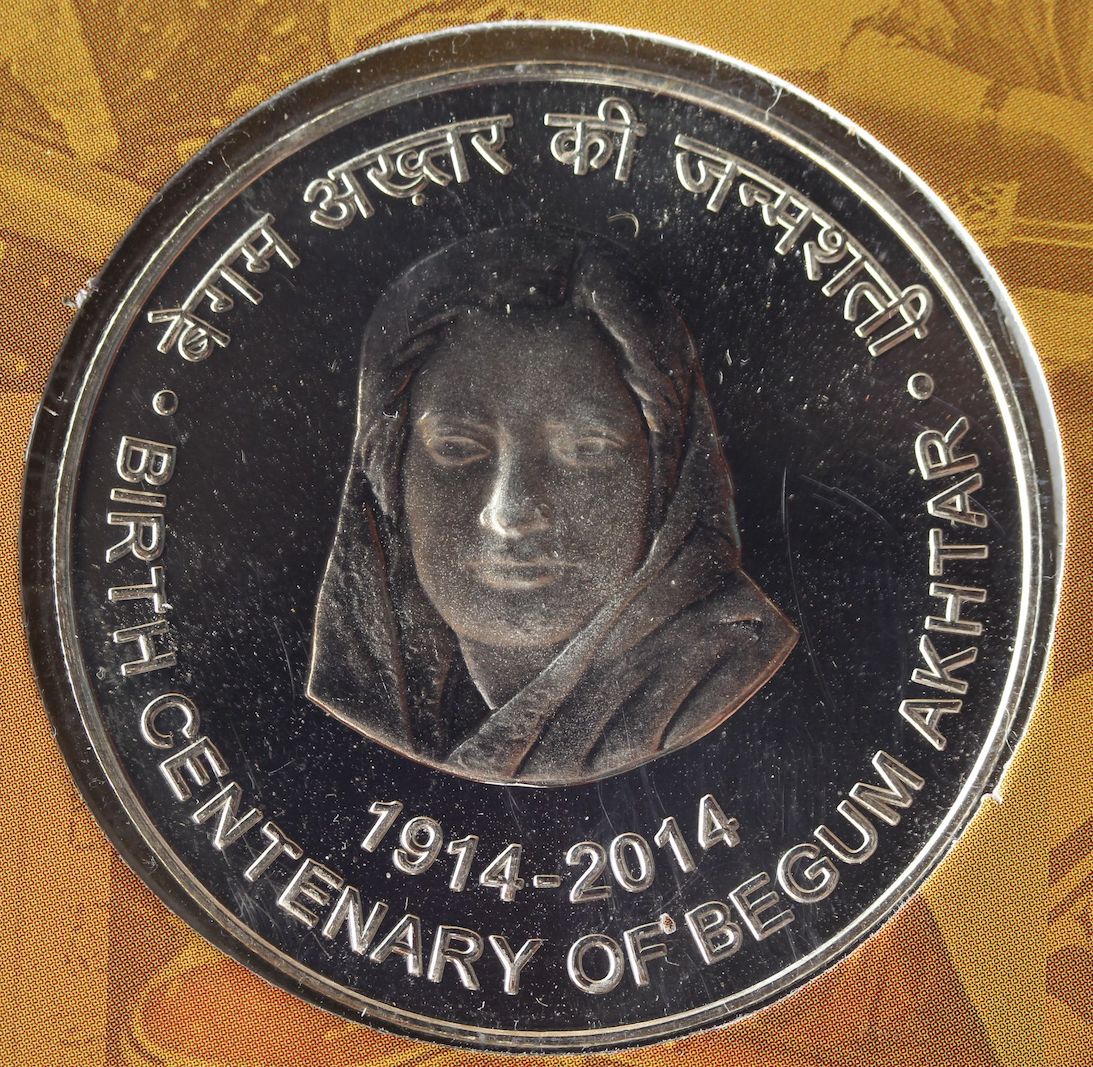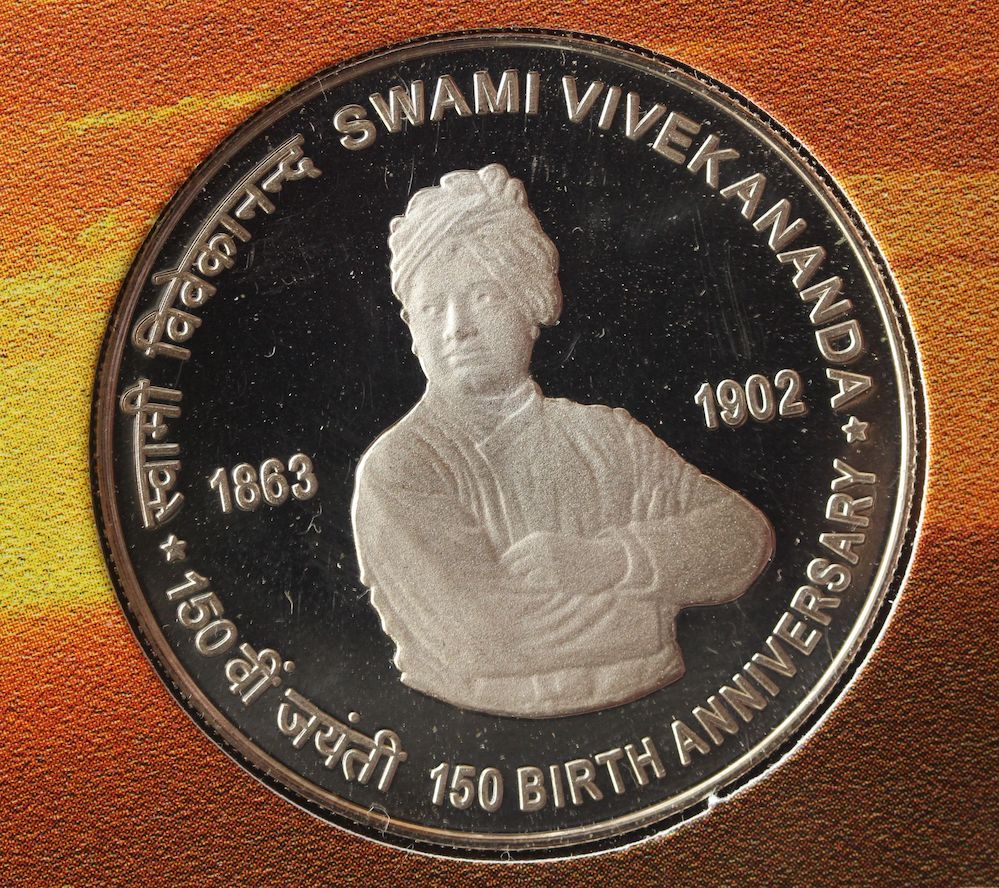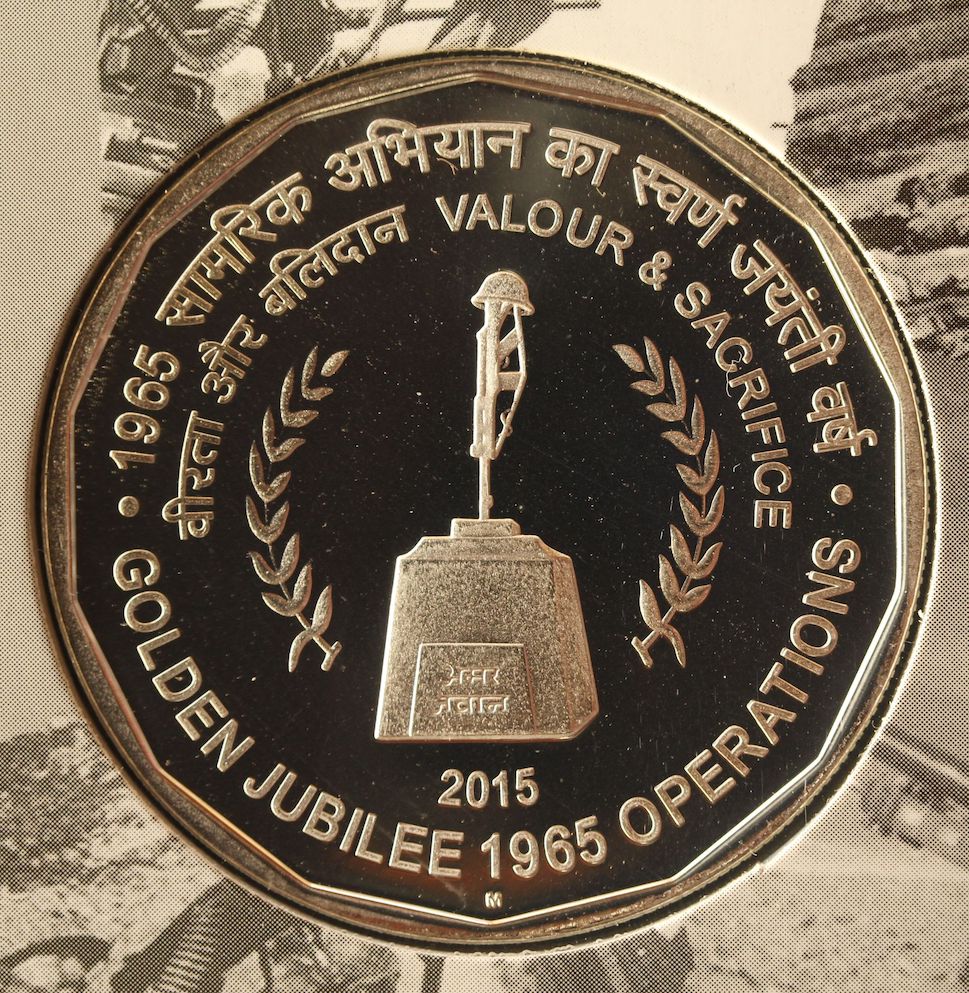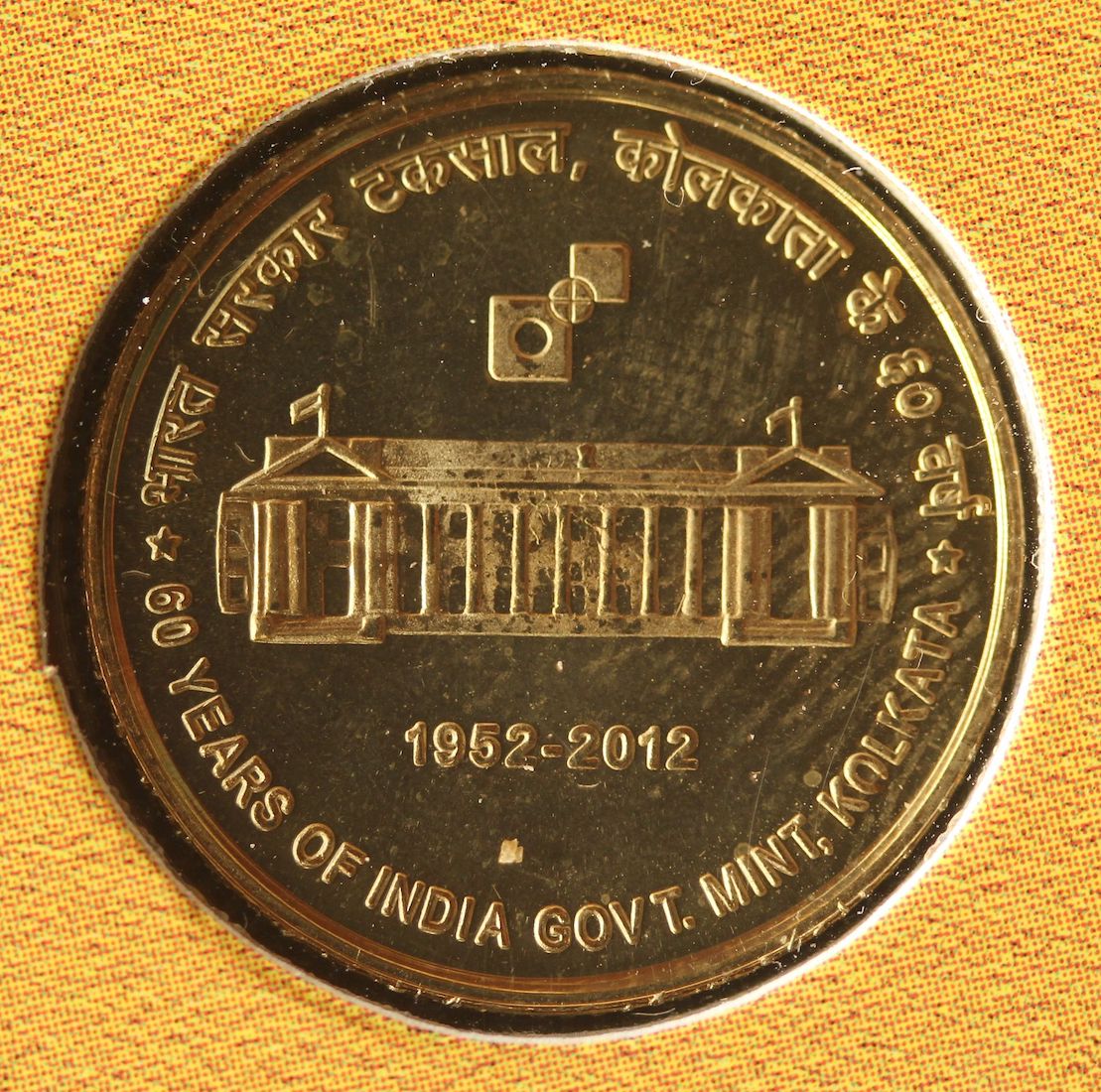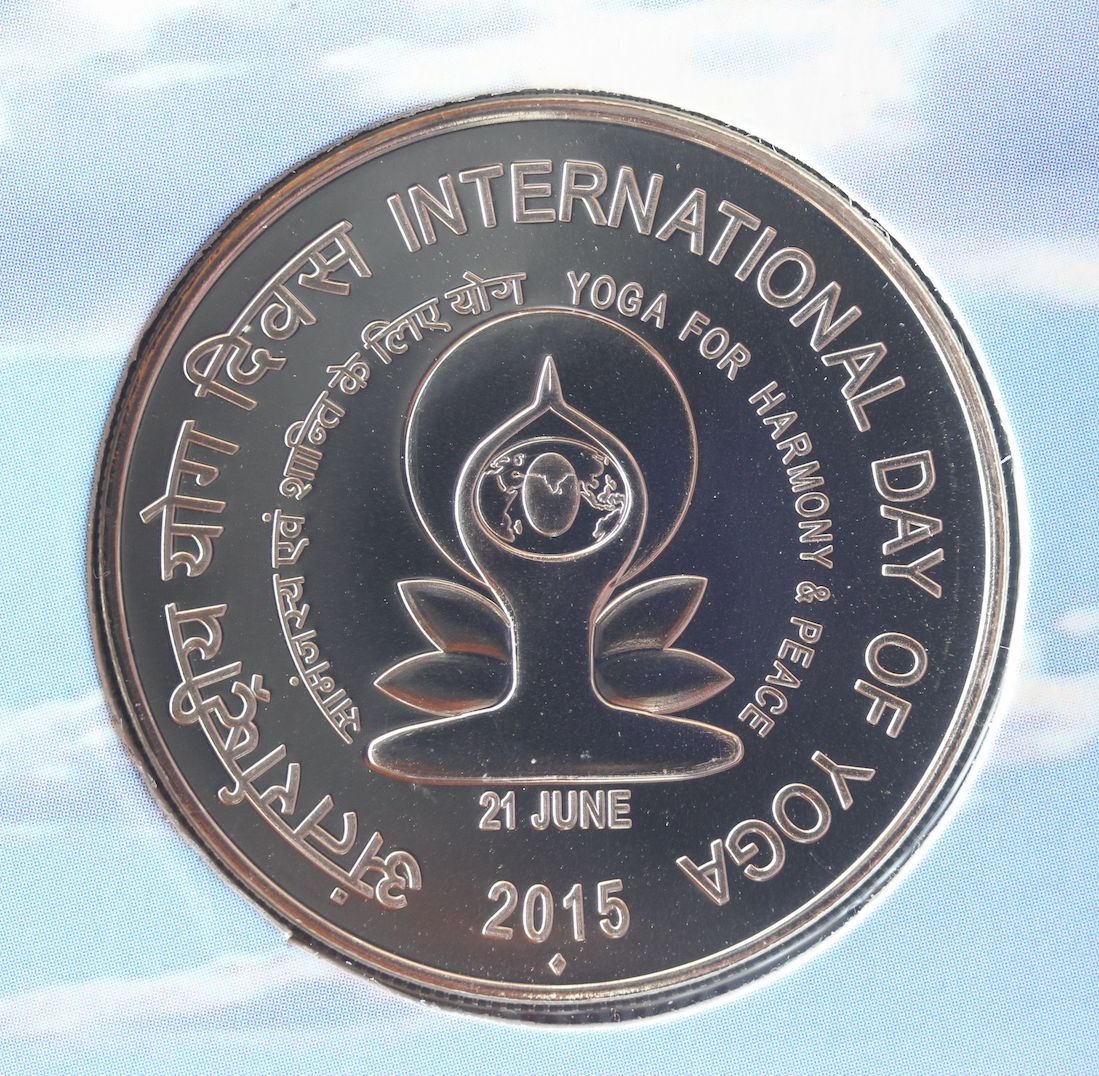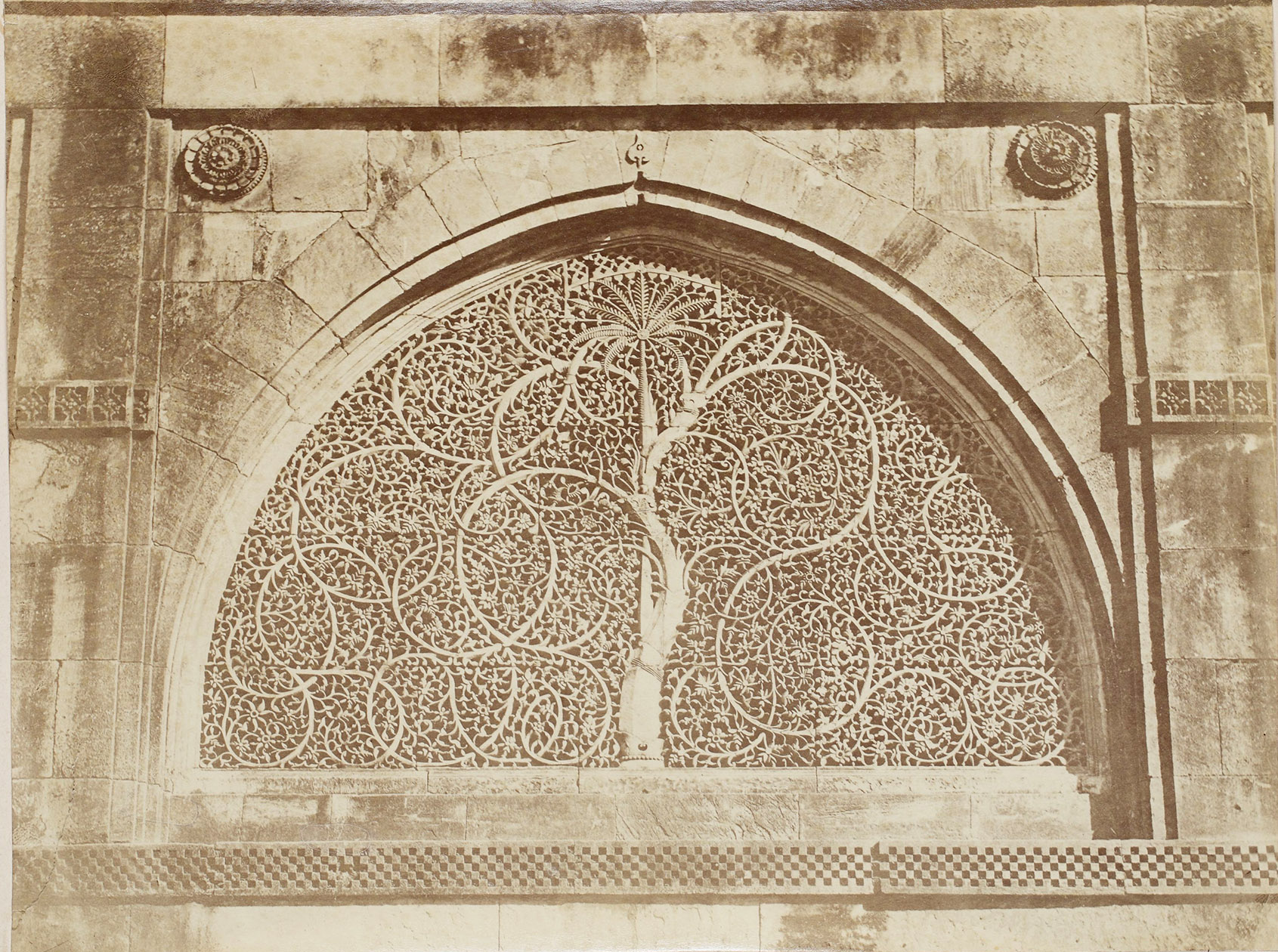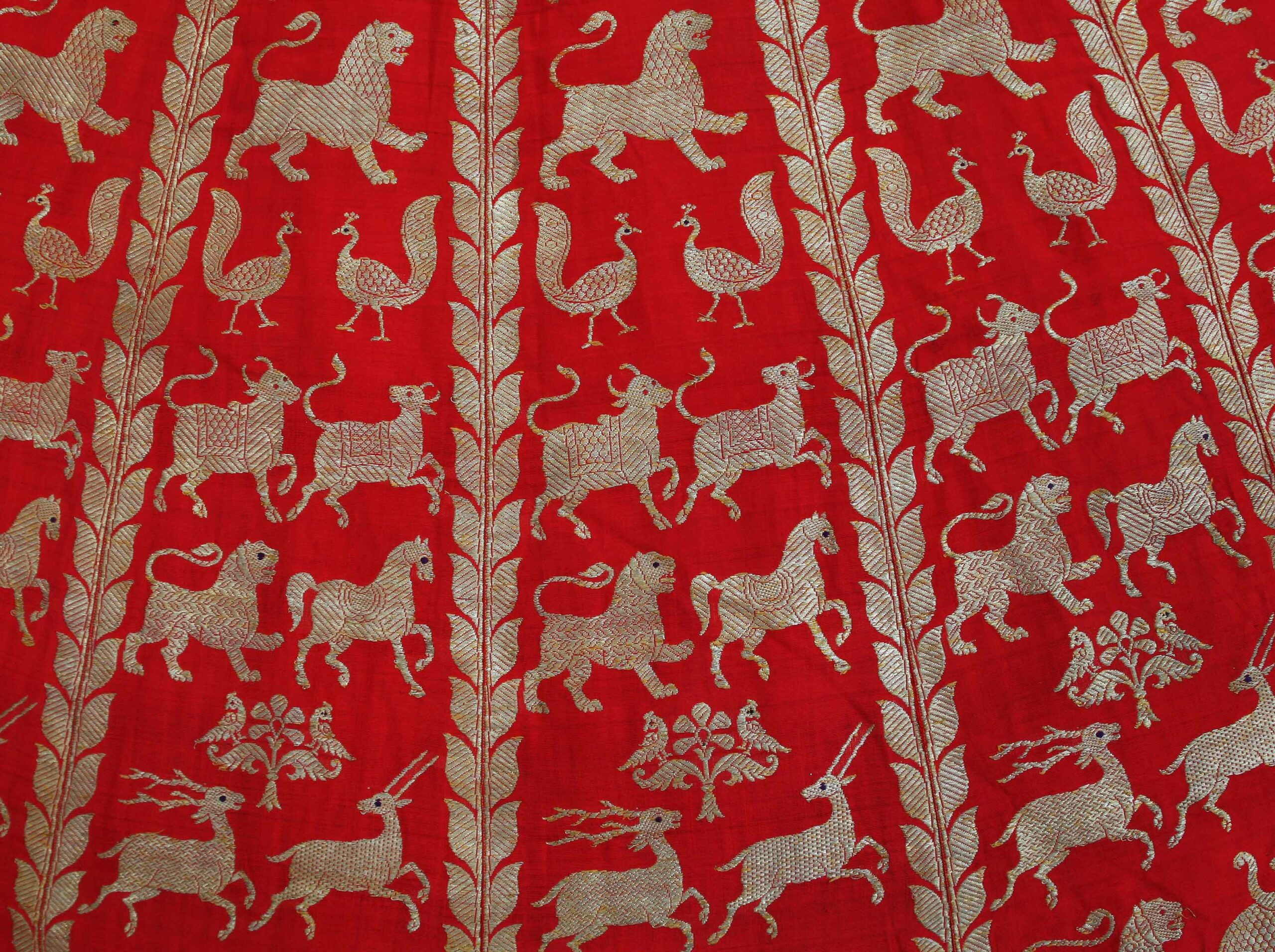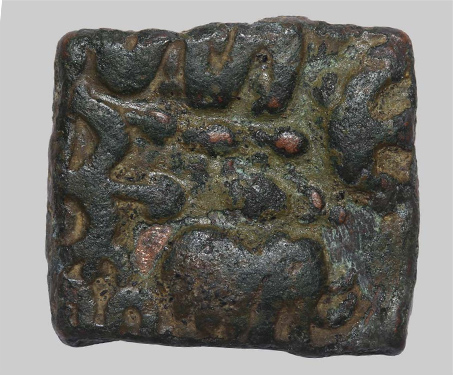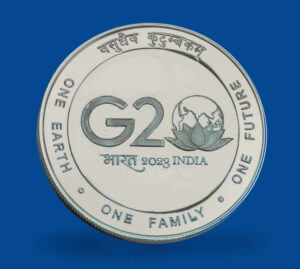
Commemorative G20 coin issued in July 2023
This July, the Indian government issued two coins to celebrate our G20 presidency. You can add these ₹75 and ₹100 coins to your wallet, but it will cost you ₹7,145. Because these silver mementoes are commemorative coins.
Images: 1. Commemorative copper 10 Rupee of BR Ambedkar © Sarmaya Arts Foundation (2015.N.143.32); 2. Commemorative Silver-Copper 20 Rupee of Maulana Kalam Azad, India © Sarmaya Arts Foundation (2015.N.139.25); 3. Commemorative Silver- Copper alloy 5 rupee of Rabindranath Tagore, India © Sarmaya Arts Foundation (2015.N.138.2); 4. Commemorative Silver-Copper 100 Rupee of Mother Theresa © Sarmaya Arts Foundation (2015.N.139.19); 5. Commemorative Silver-Copper 100 Rupee of Begum Akhtar © Sarmaya Arts Foundation (2015.N.139.21); 6. Commemorative Silver-Copper 150 Rupee of Swami Vivekanand © Sarmaya Arts Foundation (2015.N.139.13)
Commemorative coins are those issued to mark a special event or honour an eminent personality. They are of two kinds: circulating coins, which you can use as currency, and uncirculated or UNC, which are collectors’ items. In Independent India, the practice of issuing commemorative coins began in 1964 with one honouring our first Prime Minister, Jawaharlal Nehru. Since then, the government has minted over a hundred such special coins at various occasions. These are available to buy on the website of the Security Printing & Minting Corporation of India.
But why does the government mint coins that can’t be used as currency? Because they’re a source of revenue for the state and have been since the Mughal era. Nazarana and nisar coins are examples of UNC from the medieval era. Nazarana coins were presented to royalty as a sign of obeisance, and nisar coins were lightweight mementoes for an emperor to scatter into a crowd of subjects. Both were made from precious metals and could only be commissioned at the royal mint.
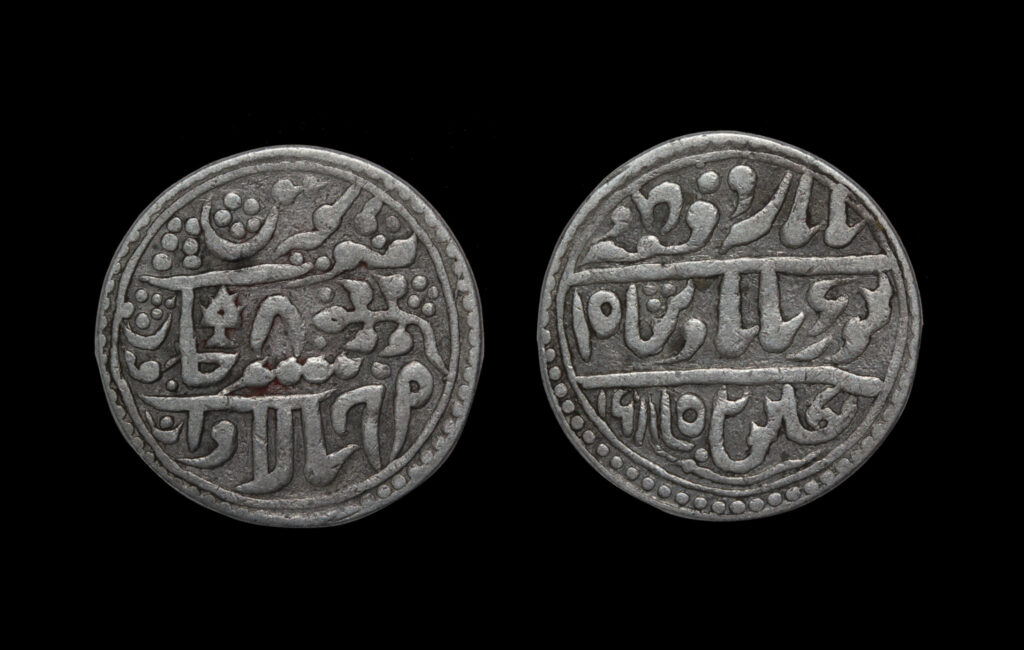
Madan Singh, Silver Nazarana Coin of Jhalawar Mint, 1915 (Vikram Samvat year)/1858 CE © Sarmaya Arts Foundation (2015.133.18)
In an article for the Indian Coin Society newsletter, numismatist Mitresh Singh explains: “Mughal mints were free for public to convert their bullion or jewelry into equivalent gold, silver or copper coins, and for a fee, special dies were crafted to strike presentation coins. When presented to the King, he would accept these and the coins would go back to the mint or treasury to repeat the cycle thus earning the mint, and by default the Emperor, a tidy profit as mint charges from production of such presentation coins.”
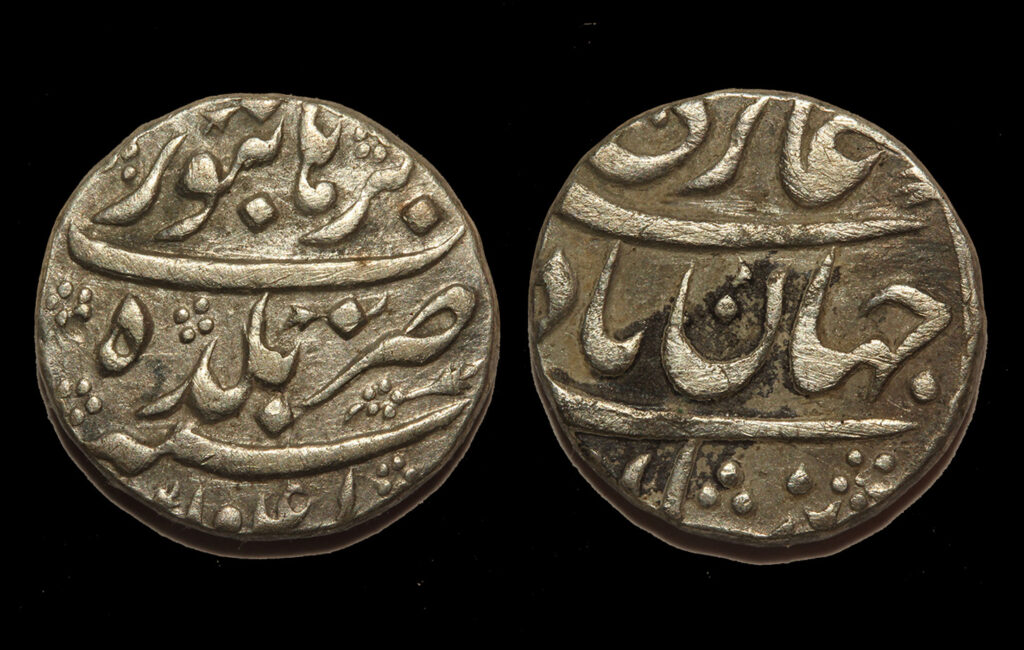
Shah Jahan, Silver Nisar Coin of Burhanpur Mint, 1037-1068 (Hijri year)/1628-1658 CE © Sarmaya Arts Foundation (2015.50.7)
Modern Indian commemorative coins are made in a variety of metals, from gold to alloys like cupro-nickel. Indian coins are made in four mints located at Hyderabad, Mumbai, Kolkata and Noida; commemorative coins are minted at Mumbai and Kolkata. Sometimes, a non-governmental organisation might request a special issue. For eg, the Sri Shanmukhananda Fine Arts & Sangeetha Sabha campaigned for the minting of a MS Subbalakshmi commemorative coin.
Images: 1. Commemorative Copper 5 Rupee on 60 years of Indian Govt © Sarmaya Arts Foundation (2015.N.143.20); 2. Commemorative Silver-Copper 50 Rupee on Golden Jubilee of 1965 Operations, India © Sarmaya Arts Foundation (2015.N.143.35); 3. Commemorative Silver-Copper 100 Rupee of International Yoga Day, 2015 © Sarmaya Arts Foundation (2015.N.143.3)
For numismatists or coin collectors on a budget, commemorative coins are a great entry-point. Umair Shah, who runs the popular heritage Instagram page Sikkawala, says, “Commemorative coins are also safe to buy from online dealers. Leaving aside the rare ones, a complete collection of commemorative coins could be valued at Rs 20,000. I know someone who made his whole collection just by visiting a kirana store near his house every evening and sifting through the day’s collection of coins. He would replace the value to the storeowner in notes, which made it a win-win situation.”

